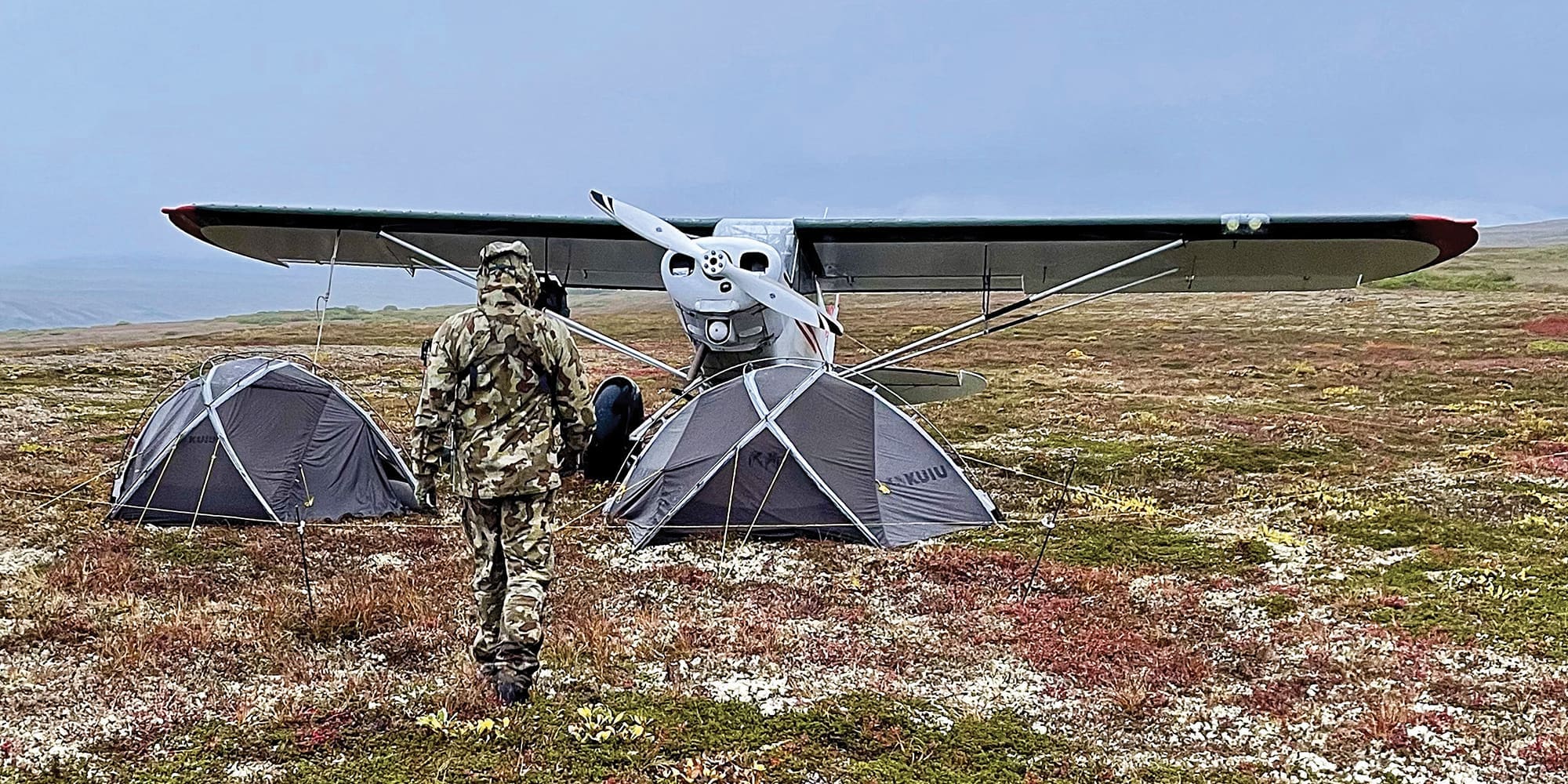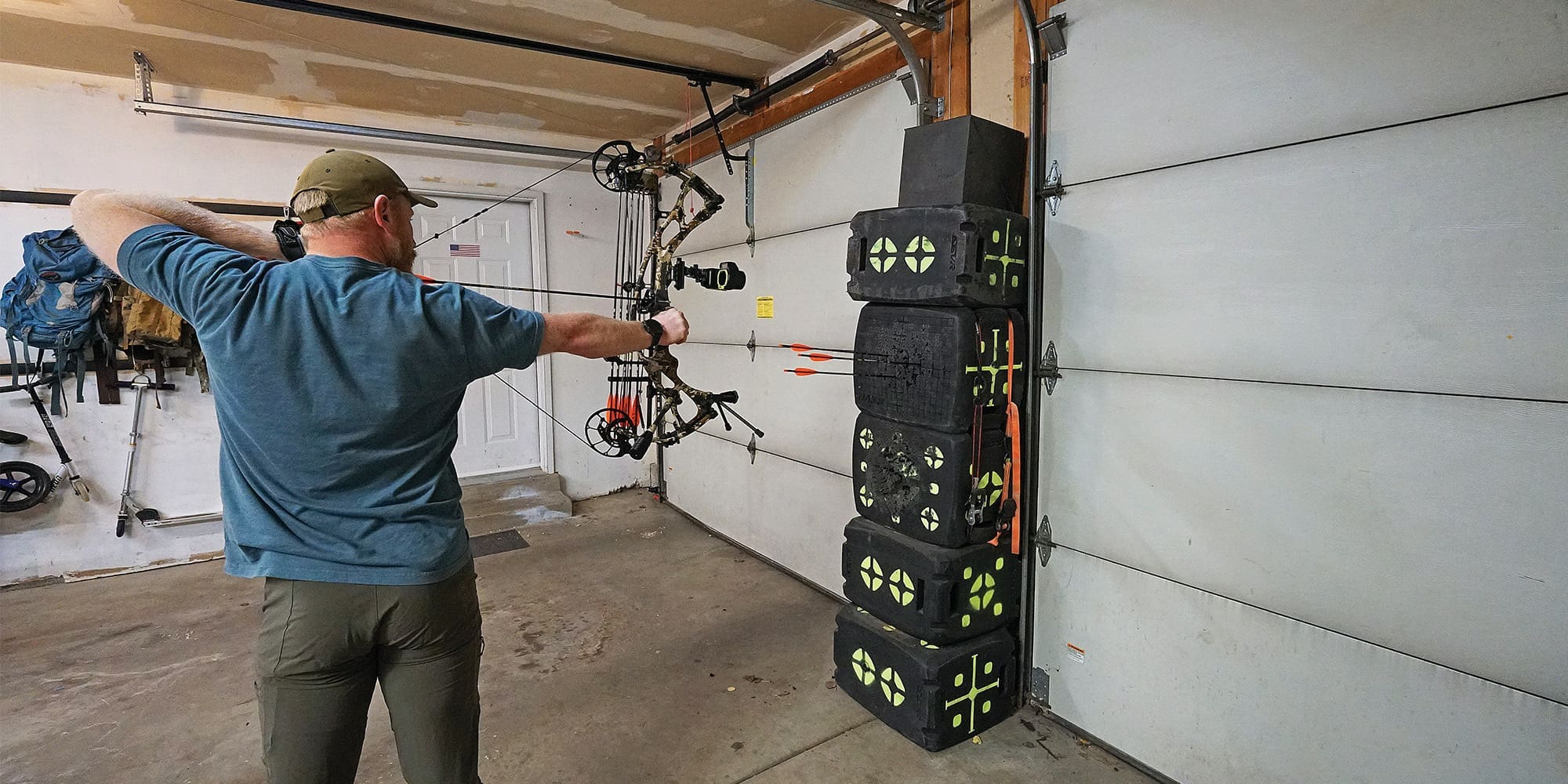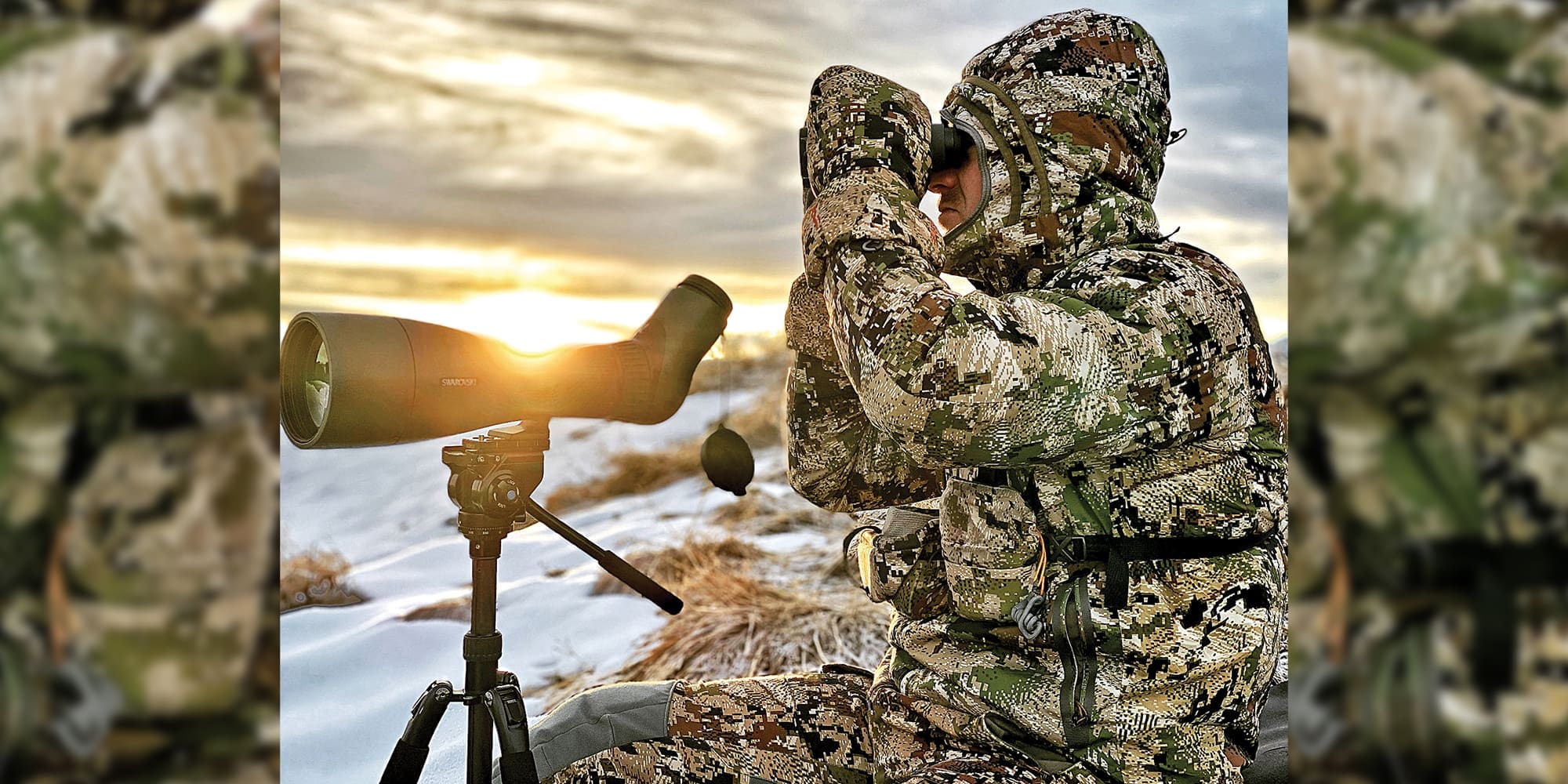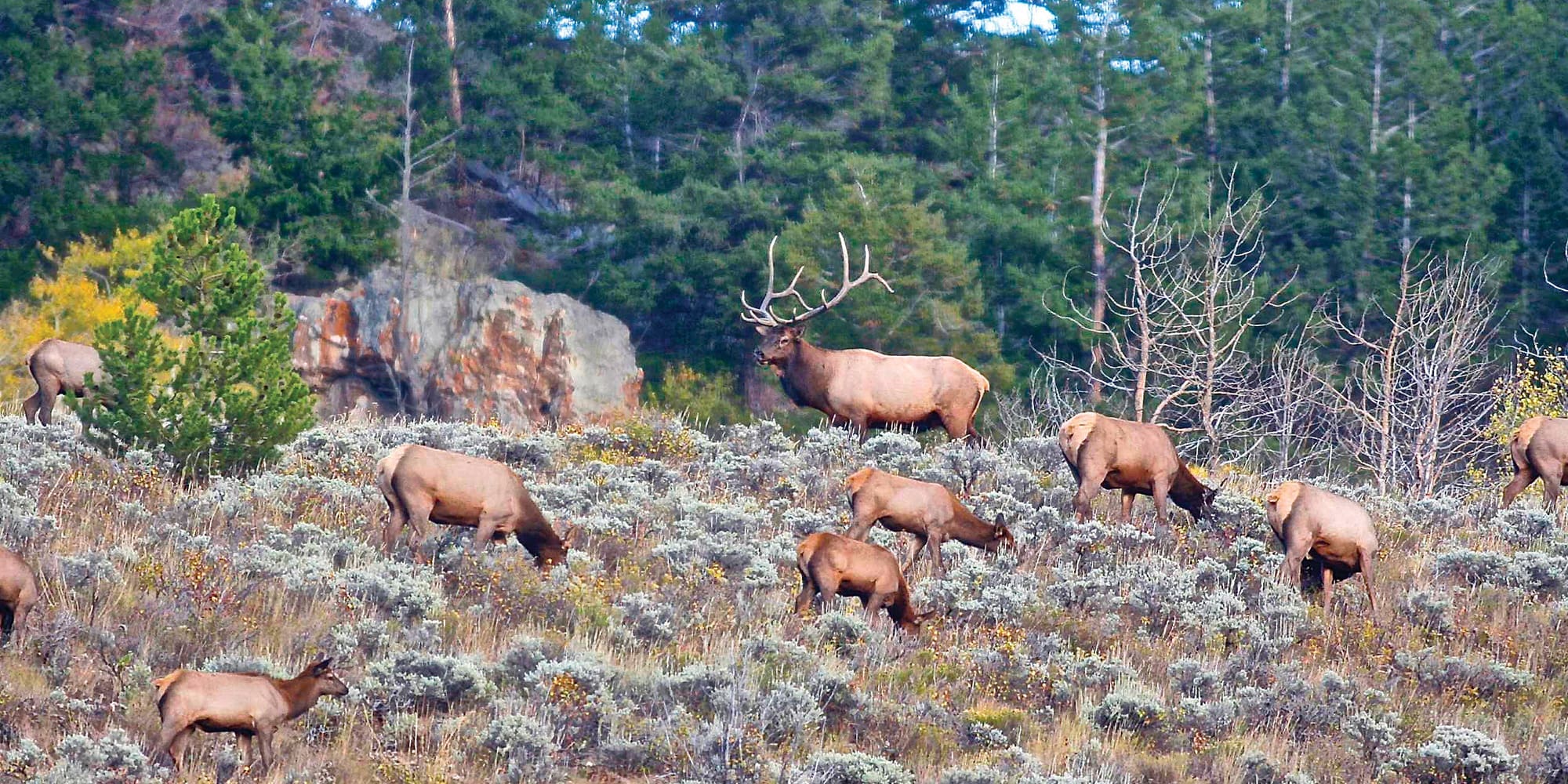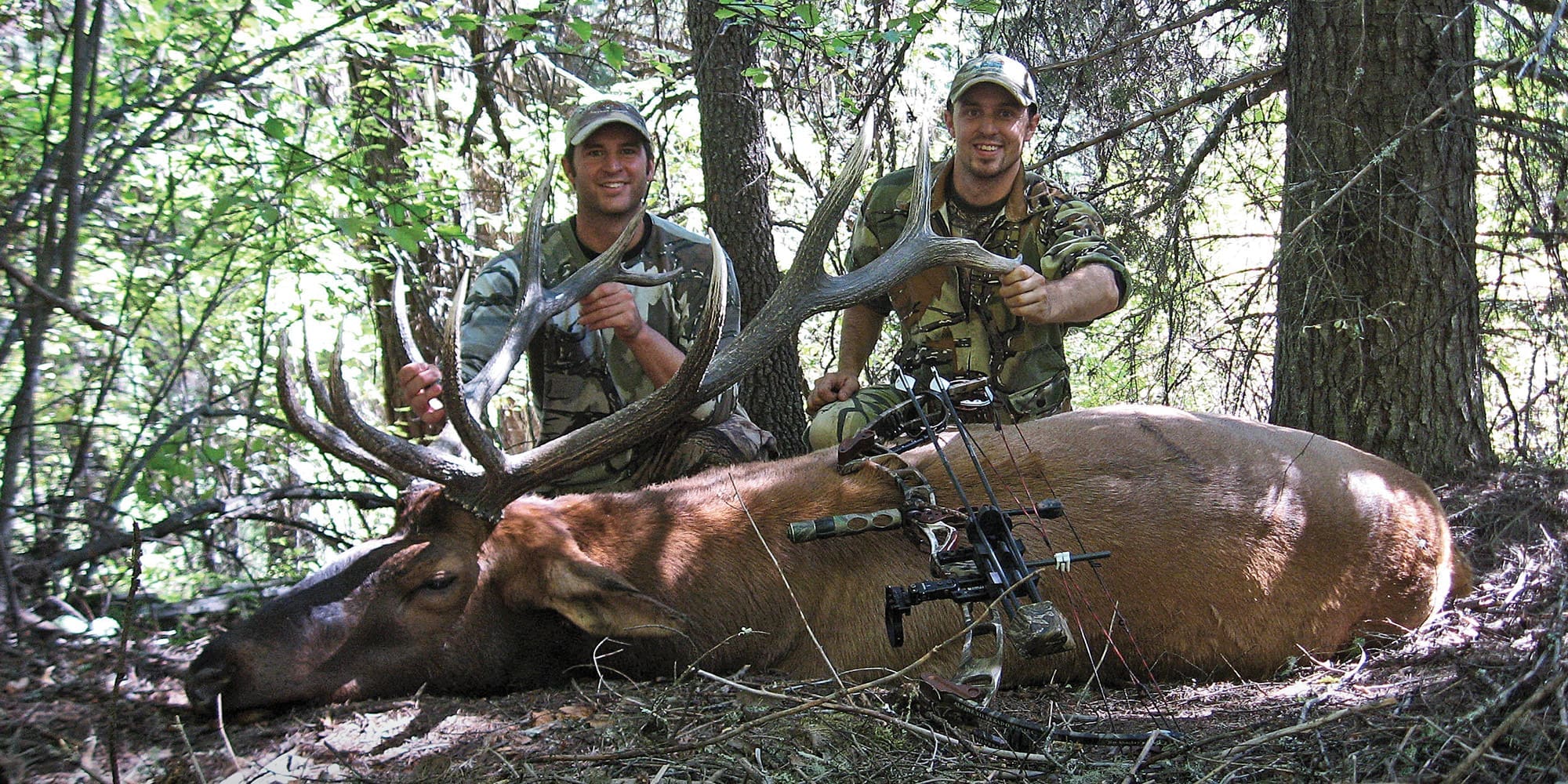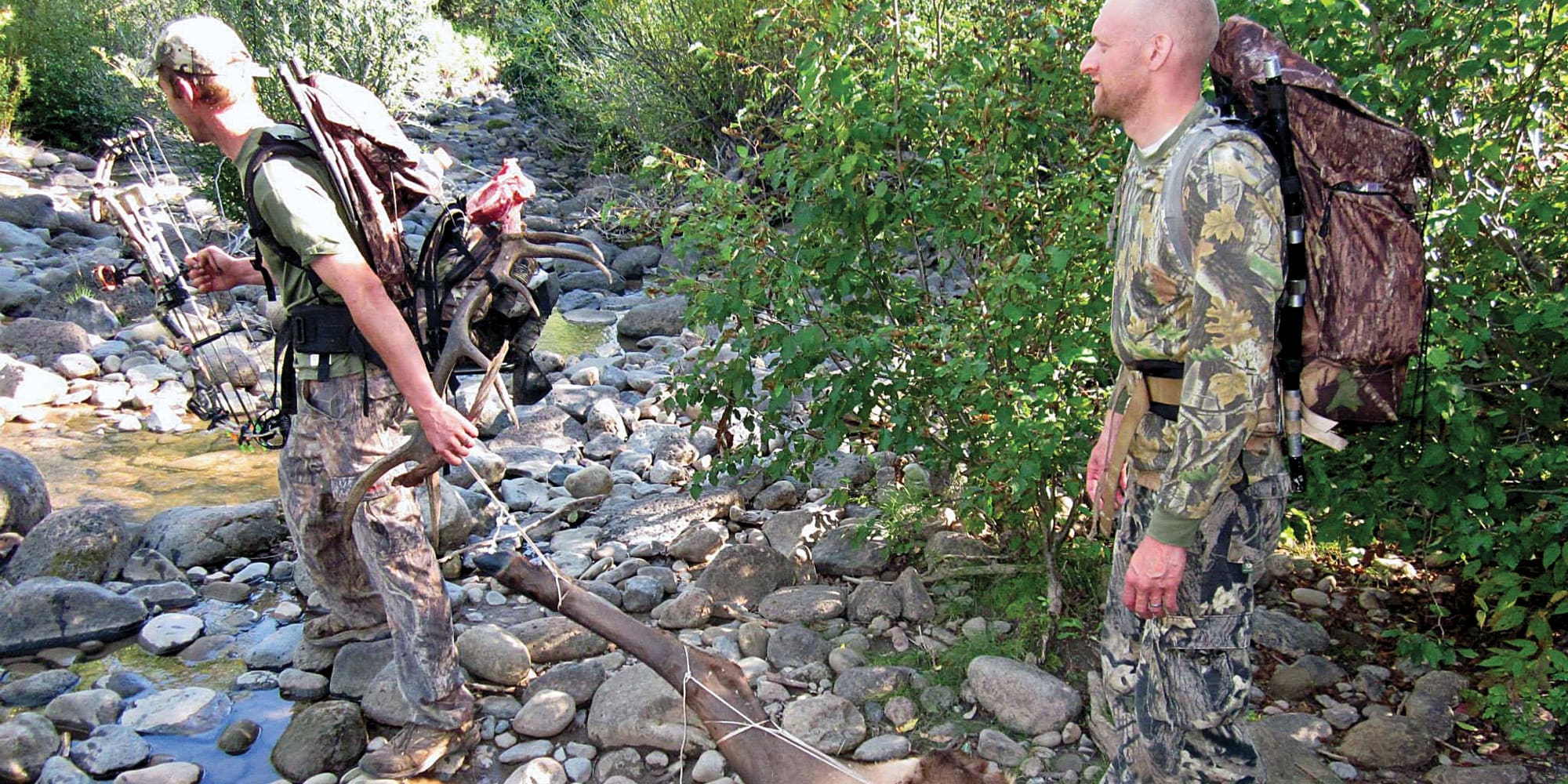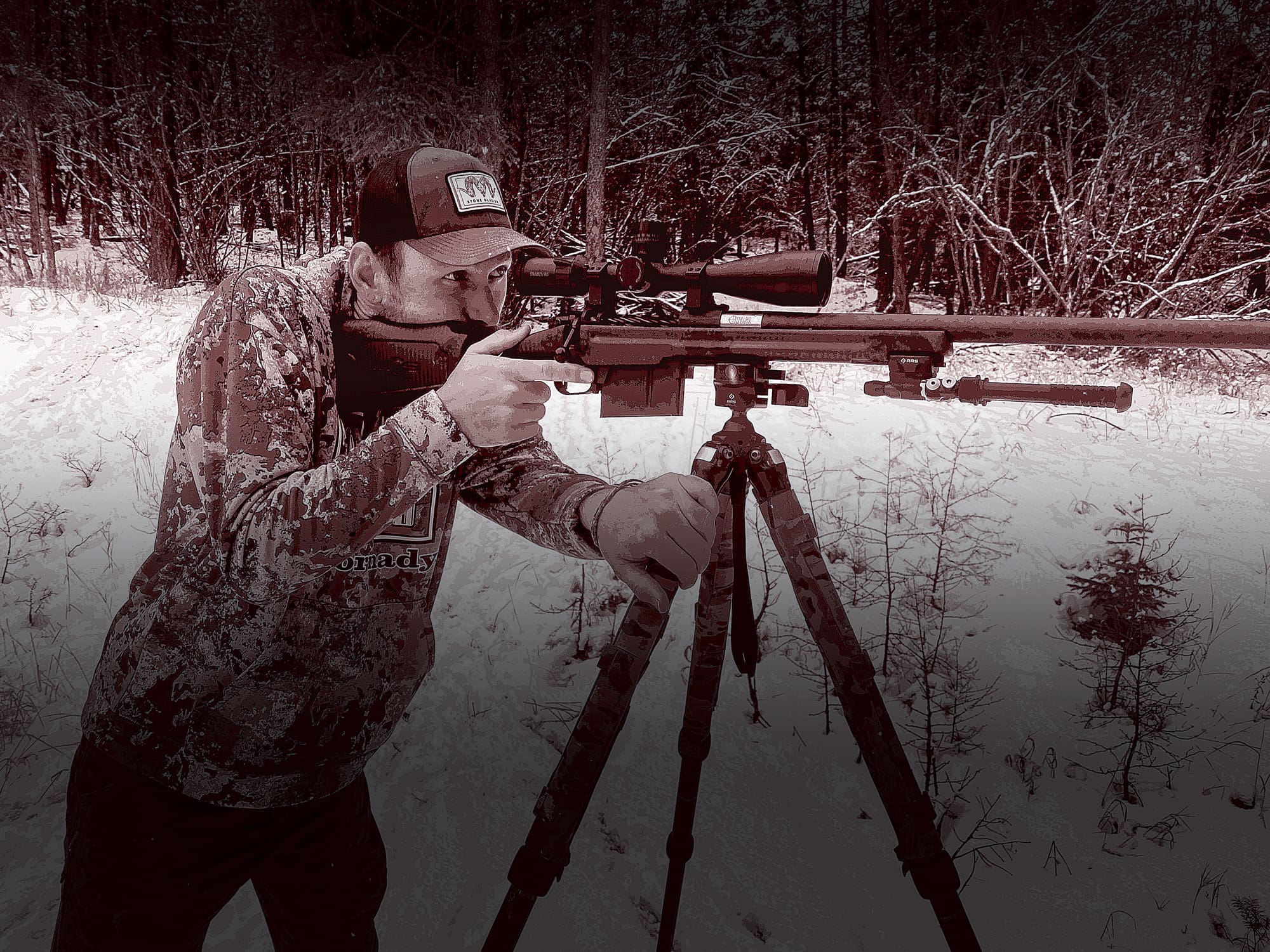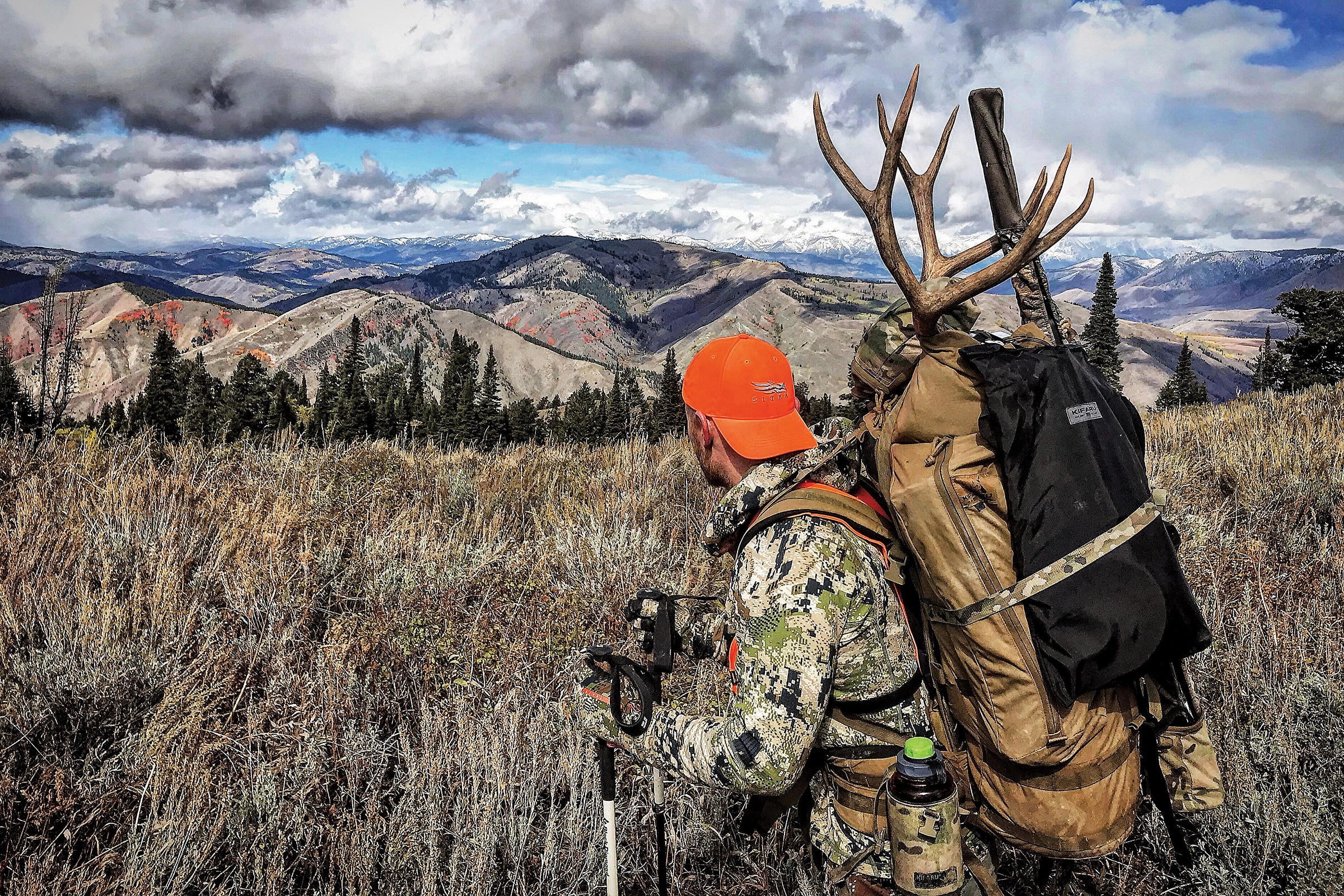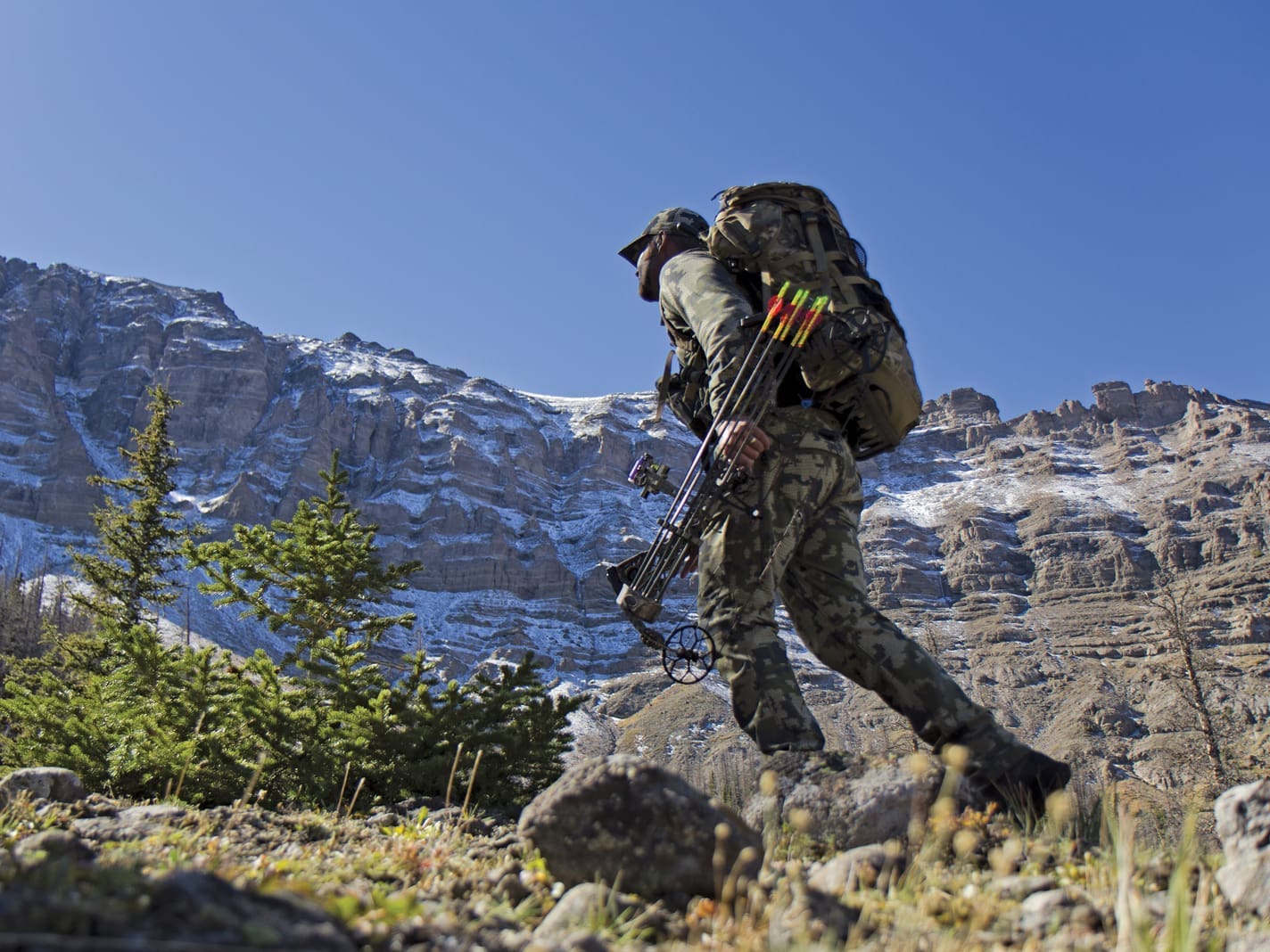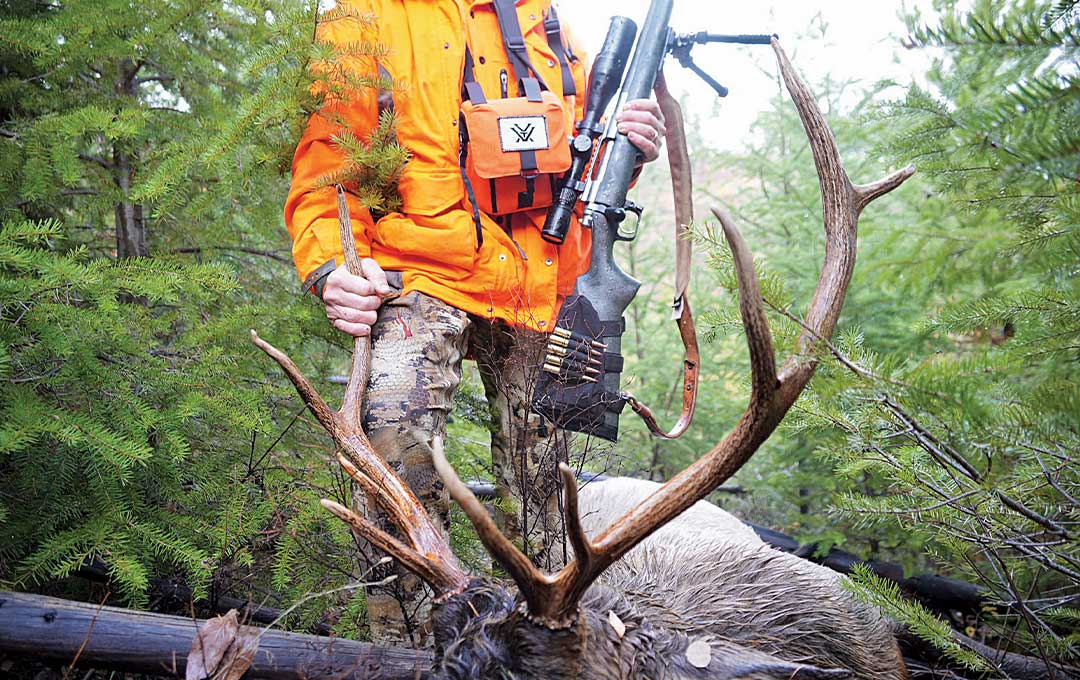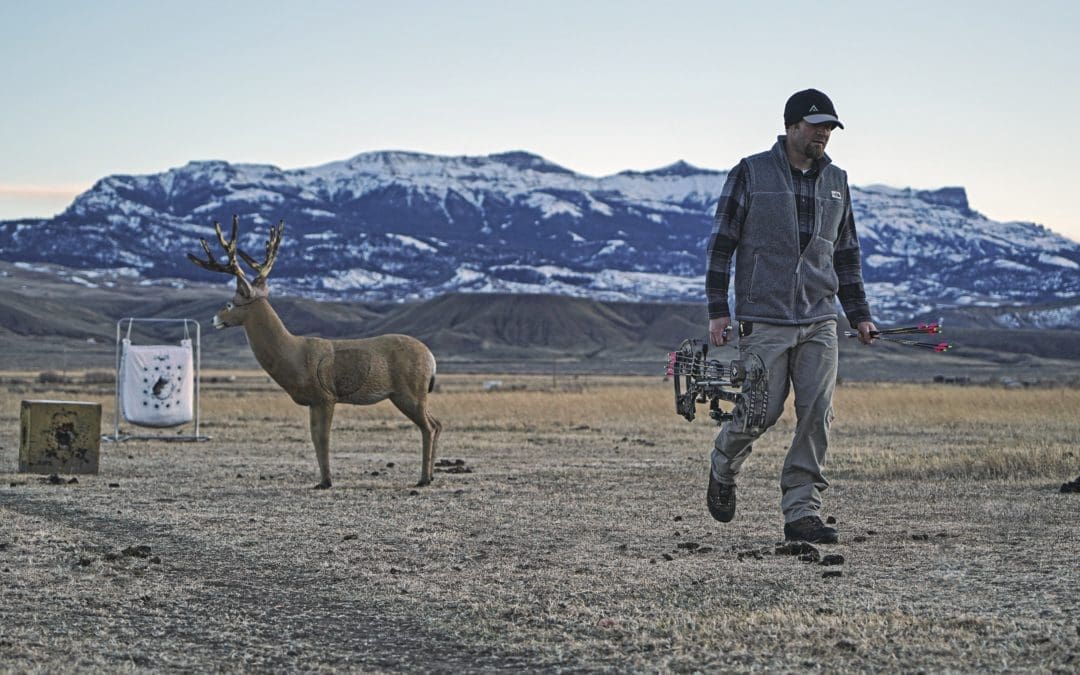
NOTICE: Certain links on this post may earn a commission for Western Hunter Magazine from Amazon or our other affiliate partners when you make a purchase. Thank you for your support.
Three Steps To Making Better Shots On Game
As I marched off a frozen snow-covered peak in Montana, tears streamed down my face. I had been climbing this mountain every day for the last two weeks, but today was the last day of elk season. Fifteen minutes earlier, I had finally earned the chance of being 50 yards from a magnificent six-point bull and… I missed. The tears on my face were of a familiar origin, and I hated the fact that this was happening too often - hiking off a mountain on the eve of another hunt thinking about how “next year would be different”. Even though I still had plenty of success, I was ending most archery seasons with this same feeling; too many opportunities were slipping away because of my arrows not hitting their mark. I made a decision on this somber hike out that I was going to make some changes because deep down, I knew that “nothing changes if nothing changes.” That was seven years ago.
I spent the following weeks doing a lot of self-analyzing and being honest with myself about what the problems were. I set some very specific goals, then committed to the action required to achieve my goals. Since some of the problems I identified were only fixable during hunts which were now over nine months away, I started with what I could; practice.
Step 1: Practicing Smarter
I committed to practicing smarter and more often. This was far more painful than I had anticipated. I had come to terms with the fact that the main reason I was not as successful as I felt I should be was purely my shooting accuracy. I was in good enough shape, had plenty of hunting experience, and could consistently get within range of mature animals on public land, yet I left more tags unfilled than I would have liked. So, I decided to pay more attention to what people I aspired to be like did, and I quickly noticed a common theme - a large percentage of them shot with something called a “surprise” release.
After reading dozens of magazine articles on the subject, I purchased some new releases and began to shoot in my laundry room at about six feet from my target to begin getting the feel for this new method. Long story short, I punched myself in the face many times due to premature releases, shot a couple of holes into the side of my garage, lost a lot of arrows on the range, and wanted to quit on more than one occasion... but I stuck with it. After several frustrating months, I began to develop confidence with a surprise release. It was vastly different from the way I had shot my entire life which was quickly punching the trigger on my release when the pin was in the right spot. I’m not going to get into the details of a surprise release here as that’s a book in itself, and there are many great resources available on the topic already with a quick Google search.
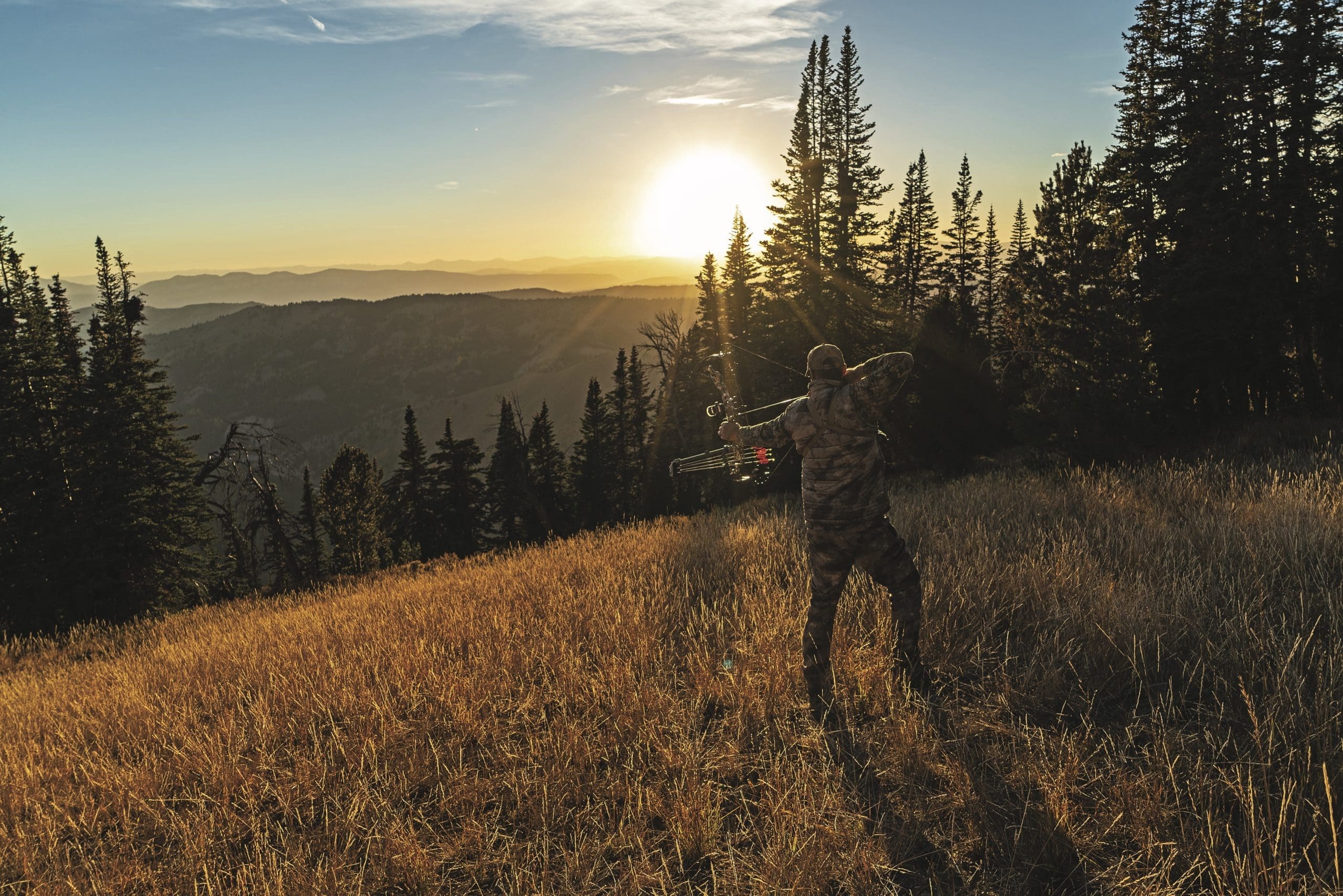
The next change I made was to incorporate more stress into my practice sessions. This involved getting out of my comfort zone, shooting with new people and occasionally keeping score. This added pressure helped simulate the pressure I felt when shooting at an animal. I also invested in a good 3D target to help better simulate what I saw in the field on a hunt. I had gotten too used to shooting alone in my backyard at dots on a bag target. Not that there's anything wrong with this - it’s just not a very good simulation of what I experienced when it mattered most to me; on a mature buck or bull.
During my practice sessions, I shifted my focus from quantity to quality. I had unknowingly developed a bad habit over the years of just casually flinging arrows at the target and calling it practice. I was way too concerned about “getting my shots in'' instead of making great shots, one at a time. After all, all I could hope for on a hunt was just one shot at a mature animal. I developed a shot routine that I followed on each shot during practice. After a lot of trial and error, I settled on a five-step mental checklist of steps to focus on throughout my shot sequence, from drawing to the arrow hitting the target. This required me to slow down a little and since I still wanted to get a lot of reps in, it took me longer than years prior to get in the same amount of reps.
How much time I spend practicing each day depends on the time of year. During the winter I shoot four or five days a week indoors at 20 yards, shooting 30 arrows a day and keeping score on a Vegas face three-spot target. Then, in the spring, I begin to shoot more outside and increase my distance and number of arrows per day. By the time July rolls around, I’m shooting 3D targets at long range six to seven days a week and spending a minimum of an hour practicing every day, splitting the time between an early morning session and an evening session.
Another thing I did was practice regardless of what the weather was like that day. In years past, I would generally only shoot when it was ideal shooting conditions - nice and calm with a pleasant temperature. Now, I shoot even if it’s windy, colder than I would like, raining, etc. The bottom line is that my practice sessions of the past did not even remotely simulate what I experienced in the field, and these changes helped bridge the gap a little.
Step 2: Getting Closer
This step was one that required me to wait to implement on an actual hunt, and that was to simply get closer. Obviously, this is easier said than done for a multitude of reasons, but I had to recognize which factors I had absolute control over and which I did not. I had to accept that I did not have control over much on a stalk except for my own mind. I had been doing a very poor job of that as well and was too focused on what was outside of my control. I would worry that if I didn’t take the first makeable shot that I was presented with, the wind might swirl or that if I tried getting closer, I may be seen or heard by the animal. I also feared that if I passed on even a low-percentage shot that perhaps I would not get a better shot. Basically, I just worried too much about outside factors like the wind and that the animal may feed away from me and out of my effective range.
I decided to adjust my mental approach from taking the first makeable shot I was presented with to instead waiting for the first high-percentage shot in which I felt supremely confident about delivering a perfectly-placed arrow. I had to accept the fact that passing on a long shot while trying to get closer could result in no shot at all. What constitutes a “high-percentage” shot will vary from person to person.

One thing that helped me learn to decide was a chart I have where I have recorded all the shots on animals I have taken on big game over the last 15 years, entering the distance and the result along with notes on other factors that seem relevant like wind, temperature, angle, broadhead type, etc. What stood out to me after carefully studying the chart was that when I get within 57 yards, my success on one-shot kills skyrockets. This doesn’t mean I’m not ever going to take a shot longer than that, and it doesn’t mean that even if I’m well within that distance, I’m always going to let an arrow fly. There are still far too many variables like shot angle, how much time I have, if the animal is relaxed or tense, etc, but the yardage is still a big factor for me personally.
Over the last seven years of hunting since I adopted this mindset, one thing is very clear; my average shot distance keeps getting shorter and shorter. Meanwhile, I keep getting more accurate from years of better practice, but I’m still not settling for longer shots even though I’m capable of accuracy at longer distances. What this tells me is that it comes down to patience more than anything; having the self-discipline to pass on the longer shots usually results in me getting much closer shots with shorter blood trails. Not that it’s impossible to screw up a 20-yard shot - been there many times - but I do know that for me, closer is better and I have data that proves it.
Step 3: Mental Approach
This step is similar to the last in that it’s employed while on an actual stalk and that is visualization. As I’m approaching the animal, I’m anticipating my shot opportunity and picturing in my mind exactly what I want to see; my pin settled on its vitals, executing a perfect release, and my arrow flying true and hitting its mark. I replay this over and over until the actual opportunity arises and it’s helped me a lot.
Prior to using this strategy, I focused my attention on exactly the opposite, thinking of all the things I didn’t want to do. Focusing on the negative was not a good idea; things like “don’t rush the shot” and “don’t punch the trigger” replayed through my mind. While it’s true that these are things worth avoiding, it was reminding me of these negative things I had done in the past that produced poor results. Allowing negative thoughts into my head at crunch time was a disaster - I may as well have been telling myself “you have screwed this up before”- not good. I now choose to visualize only perfection and remind myself of the times I made great choices and how well it worked out.

I like to think back on the times I did everything right, waited for the ideal high-percentage shot, went through my shot routine without panicking, and executed a deadly, accurate shot that resulted in a short blood trail. Like anything else, I get better at this with practice and repetition. While nothing is as good as the real thing, I practice this on the 3D course - treating my upcoming shot just like the real thing and visualizing the outcome I want.
While there are many things I have done to improve myself as an archer and hunter since that long hike off the snowy peak seven years ago, these are the three steps I feel made the biggest difference for me. Even though I have made some poor shots over the last seven years, I have managed to avoid that dreadful hike of shame on the final day of the season vowing that “next year will be different,” and that was my goal.


